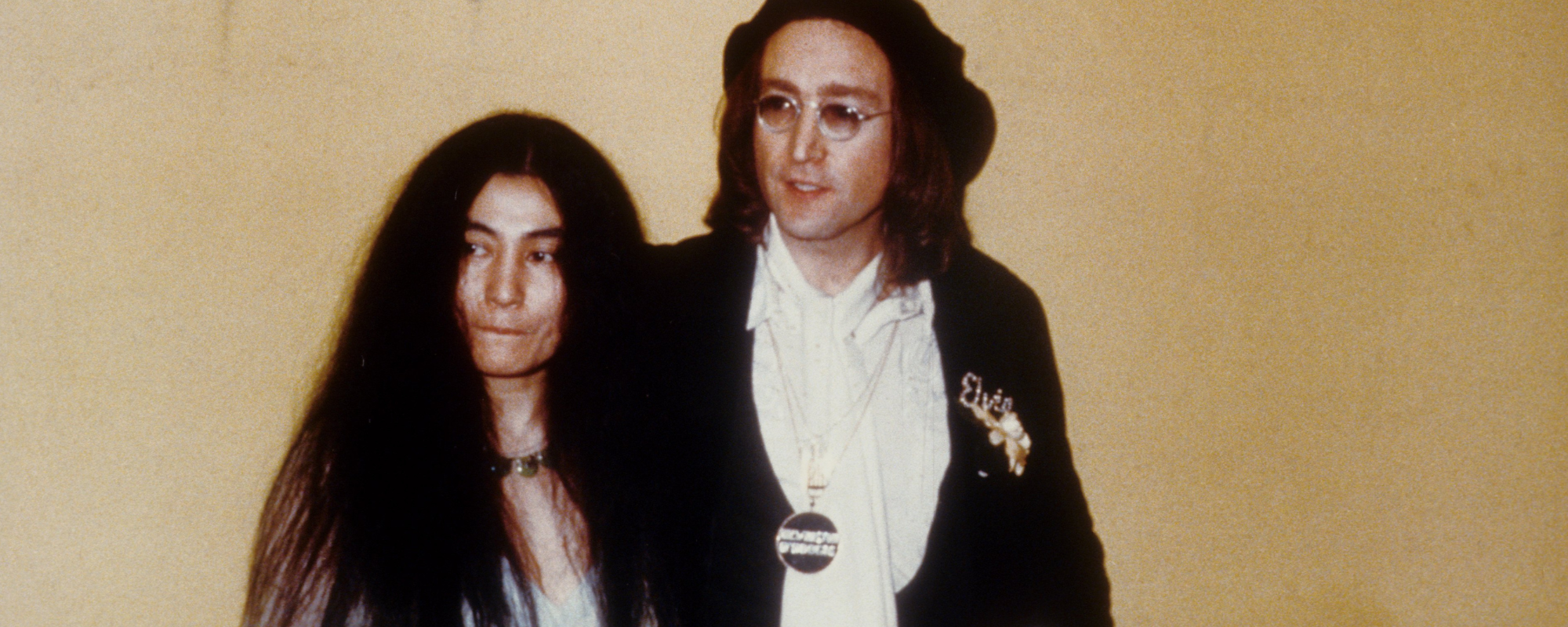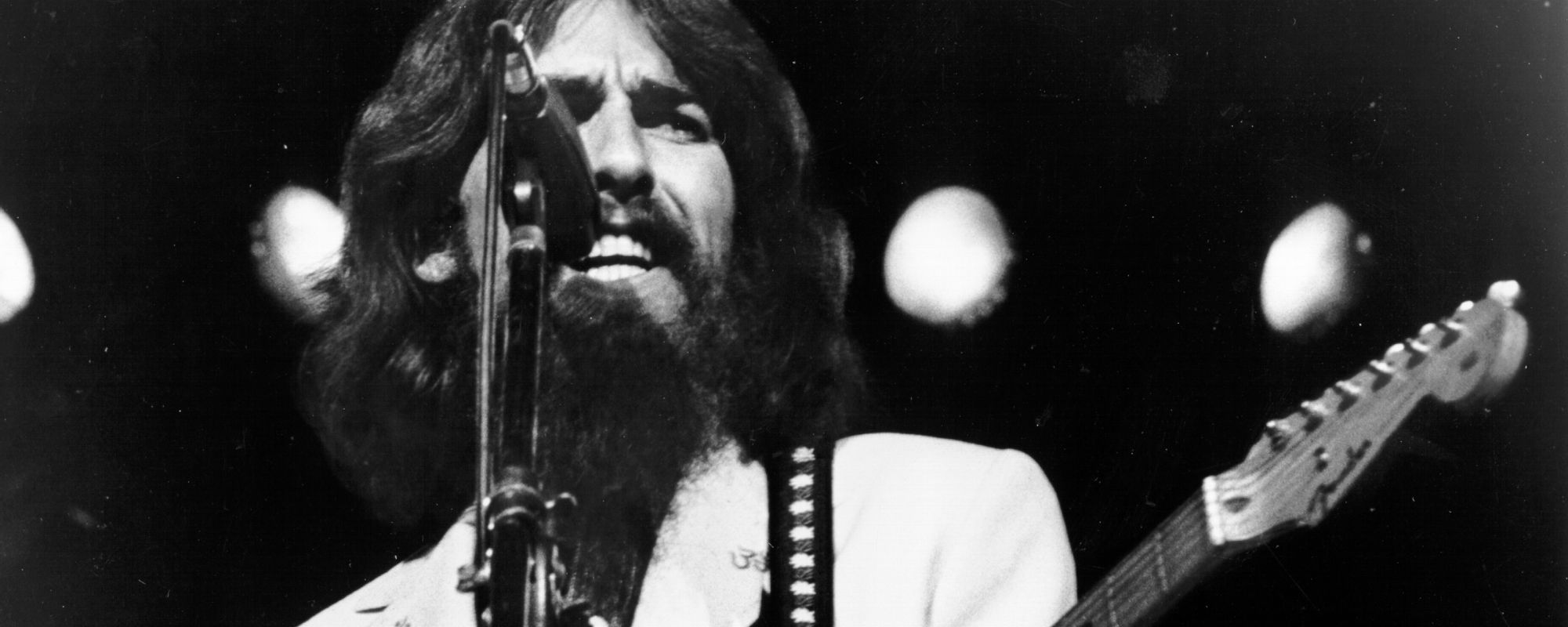This is the second installment of the best American rock bands from the 1980s. The previous list featured Van Halen, Metallica, Guns N’ Roses, and R.E.M.
Videos by American Songwriter
While some artists spring into existence with a new sound like the rock and roll version of the Big Bang, others evolve from previous music scenes.
The bands below represent rock and roll’s move away from mainstream culture. With changing technology, new instruments defined the ’80s sound as synthesizers and drum machines became regular features of rock music. Still, many groups rebelled against the polished sound of the decade and using traditional instruments, changed music anyway.
These four are some of the best American rock bands from the 1980s, and they had a profound influence on what came after them.
In the wise words of Kim Gordon: Miss me, don’t dismiss me.
The Cars
The Cars arrived in the late ’70s, but their debut already sounded like the ’80s with Greg Hawkes’ synthesizers, Elliot Easton’s angular guitar playing, and David Robinson’s electronic drums. Meanwhile, Ric Ocasek’s use of irony foreshadowed his brilliant work producing Weezer’s Blue Album.
When the calendar flipped to 1980, The Cars experimented on Panorama and technology continued to shape the Boston band’s sound. Their biggest hit “Drive” (sung by bassist Benjamin Orr) appeared on the glossy Heartbeat City (1984), which also featured “Magic” and “You Might Think.”
The Cars, similar to Blondie, are the sound of the 1970s ending and the 1980s beginning.
Oh well uh, you might think I’m crazy
To hang around with you
Or maybe you think I’m lucky
To have something to do
The Replacements
Formed in Minneapolis, The Replacements helped forge alternative rock. They blended punk rock with The Rolling Stones and Big Star while shaping alt-country pioneers Uncle Tupelo and pre-adult pop Goo Goo Dolls. Paul Westerberg, Bob Stinson, Tommy Stinson, and Chris Mars made one of the decade’s best albums, Tim.
They wore unprofessionalism like a badge of honor and part of watching a Replacements gig was to see whether the band would fall apart, run off the crowd with blistering volume, or destroy you with a power pop gem. The Replacements seemed to work hard not to be successful. The video for their alienation anthem “B—ards of Young” infamously slow-zooms from a speaker before a person listening in the room kicks in the speaker by the clip’s end.
Like Westerberg’s hero Alex Chilton of Big Star, his influence is more profound than the band’s limited commercial success.
Bring your own lampshade, somewhere there’s a party
Here it’s never-ending, can’t remember when it started
Pass around the lampshade, there’ll be plenty enough room in jail
Sonic Youth
Thurston Moore, Kim Gordon, and Lee Ranaldo bonded over New York’s downtown no wave art and music scene. Punk rock may have reacted against ’70s bloat and excess, but the CBGB bands still had firm roots in classic rock and roll.
The no wave artists replaced the punk bands’ sped-up Chuck Berry blues with dissonance, noise, and avant-garde jazz. Sonic Youth emerged from this movement but they also echoed The Velvet Underground, Blondie, and Patti Smith’s spoken-word performances.
Drummer Steve Shelley joined in 1985 and the group’s third album EVOL became their first step toward greatness. In 1988, they released a masterpiece, Daydream Nation. Sonic Youth’s influence can be heard in Nirvana, PJ Harvey, Radiohead’s Jonny Greenwood, and Wilco’s Nels Cline. (Neil Young is a fan, too.)
Everybody’s talking ’bout the stormy weather
And what’s a man to do but work out whether it’s true?
Looking for a man with a focus and a temper
Who can open up a map and see between one and two
Pixies
The Pixies are another Boston band on this list but unlike The Cars, they didn’t have a run of chart-topping hits. Still, singer/songwriter Black Francis, guitarist Joey Santiago, bassist and singer Kim Deal, and drummer David Lovering changed alternative music.
Francis and his band ended the 1980s with three crucial releases: Come on Pilgrim (1987), Surfer Rosa (1988), and Doolittle (1989). They represent a kind of blueprint for many alt-hits including Nirvana’s “Smells Like Teen Spirit,” Radiohead’s “Creep,” Weezer’s “Undone – The Sweater Song,” and Foo Fighters’ “Monkey Wrench.” (Gil Norton produced Pixies’ Doolittle and Foo Fighters’ The Colour and the Shape.)
The Steve Albini-recorded “Where Is My Mind?” appears on Surfer Rosa, and Francis’ alternating loud and quiet dynamics, Santiago’s high-drone guitar, and Deal’s four-chord bass line is something like the origin story of “Smells Like Teen Spirit.”
I was swimmin’ in the Caribbean
Animals were hiding behind the rock
Except the little fish
Bumped into me, I swear he was trying to talk to me, koi-koi
When you purchase through links on our site, we may earn an affiliate commission.
Photo by Mark Von Holden/Getty Images












Leave a Reply
Only members can comment. Become a member. Already a member? Log in.